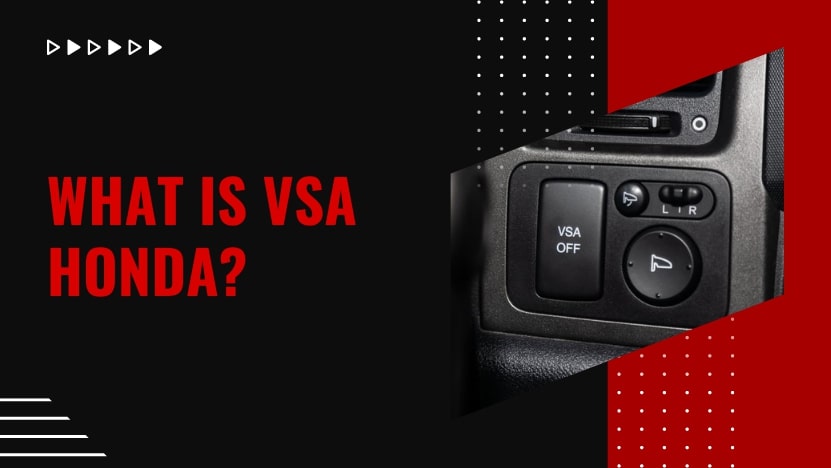The innovation and technology in the automotive industry never cease to amaze. Honda, a leading player in the automobile industry, has long been known for its commitment to safety and innovation.
One such innovative technology they’ve introduced is VSA, which stands for Vehicle Stability Assist. But what is it? How does it work? And why is it essential for your driving experience? This blog post aims to shed light on these questions and provide an in-depth understanding of VSA Honda.
Vehicle Stability Assist Honda Explained
Vehicle Stability Assist (VSA) is a proprietary safety technology developed by Honda. It was designed with the sole purpose of increasing the safety level of Honda vehicles, making them more stable and less prone to accidents. In essence, VSA is a form of electronic stability control.
This ingenious system works by ensuring optimal traction and stability during all driving conditions, whether you’re cruising along a smooth highway, navigating winding mountain roads, or battling tough weather conditions.
How VSA Honda Works
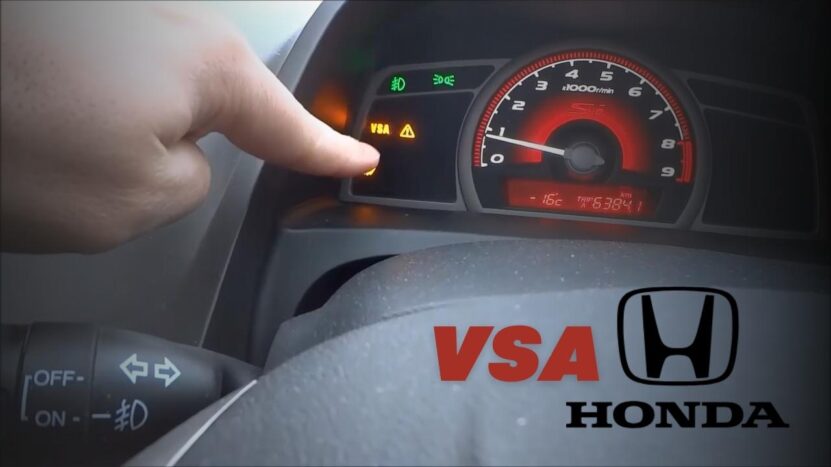
The Vehicle Stability Assist system is an intricate combination of sensors and software which continuously monitors the car’s movement and wheel speeds. Its primary purpose is to detect oversteer and understeer conditions and automatically apply the necessary countermeasures to stabilize the vehicle.
In simpler terms, oversteer is when the vehicle turns more than the driver intends, whereas understeer is when it turns less. Both these situations can lead to loss of control. Honda’s VSA technology is designed to detect these conditions early and automatically take corrective actions by adjusting engine power and selectively applying brakes to individual wheels.
The VSA system’s different components include wheel speed sensors, a steering angle sensor, a lateral acceleration sensor, and a control unit. These sensors send data to the control unit, which then decides if the vehicle is in an oversteer or understeer condition. If it is, the system takes action to help guide the vehicle back on its intended course.
The Benefits of VSA Honda
So, what are the benefits of Honda’s Vehicle Stability Assist system?
Increased Safety
The primary benefit of the VSA system is the increased safety it offers. By constantly monitoring your vehicle’s stability and grip, it reduces the chance of losing control of your vehicle, particularly in challenging driving conditions.
Improved Handling
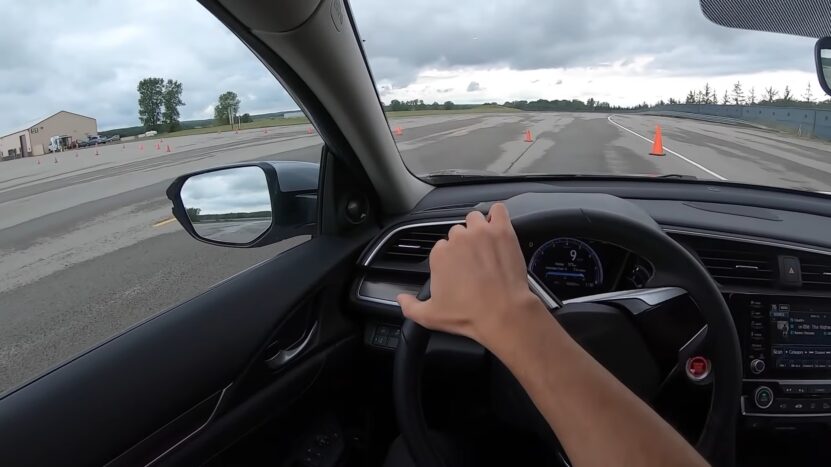
Another benefit is improved handling. The system is designed to enhance the vehicle’s stability by managing the engine’s output and selectively applying brakes. This means that whether you’re negotiating tight turns or tackling slippery conditions, your Honda vehicle remains stable and responsive.
Driver Confidence
Finally, VSA increases driver confidence. Knowing that your vehicle is equipped with a system that continually works to keep you safe can provide a sense of security and assurance. This can be particularly comforting when driving in difficult weather or road conditions.
VSA Honda in Real-World Scenarios
Now, let’s consider some real-world scenarios where Honda’s VSA system can come into play.
Wet and Slippery Roads
Imagine you’re driving on a rainy day, and the roads are wet and slippery. As you make a turn, your vehicle begins to understeer, veering off your intended path. Before you can react, the VSA system detects this understeer and applies the brakes to the appropriate wheel, helping to guide your vehicle back on course.
Emergency Situations
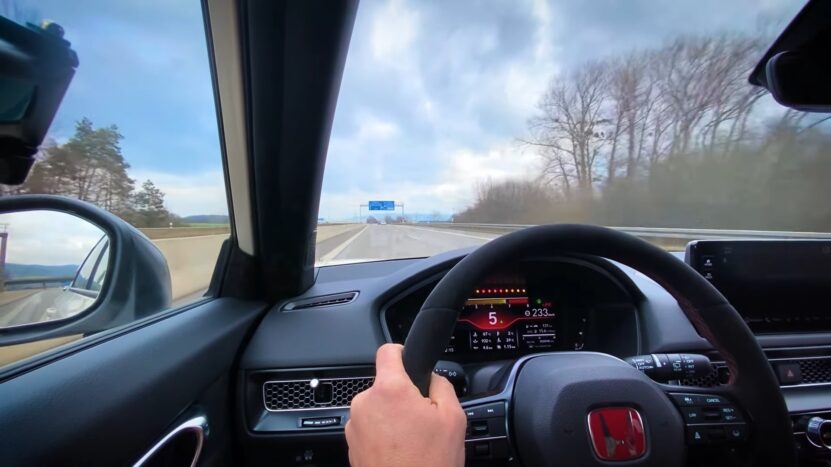
In an emergency where you need to swerve suddenly to avoid an obstacle, the VSA system comes to your aid. It prevents oversteer by adjusting the engine’s power output and applying the brakes as needed, allowing you to maintain control over the vehicle.
Rough Terrains
If you’re driving on uneven or rough terrains, the Vehicle Stability Assist system monitors the vehicle’s grip and stability. It adjusts the power and braking as needed, ensuring the vehicle remains stable and well-controlled, even on challenging surfaces.
The Evolution of Vehicle Stability Assist Honda
Understanding the present requires a glimpse into the past. Vehicle Stability Assist (VSA) technology by Honda didn’t just happen overnight. It’s the product of years of continuous research, development, and improvement in safety technologies.
In the 1980s and 1990s, Honda introduced their Four-Wheel Steering (4WS) and Traction Control System (TCS), representing early iterations of stability enhancement technology. However, it was in 1997 that Honda debuted their first version of the VSA system, marking a new era in vehicle safety and control.
Over the years, the system has been refined and perfected, with constant tweaks and enhancements that have made it more reliable, more responsive, and more effective at maintaining vehicle stability and safety.
VSA Honda and Driving Experience
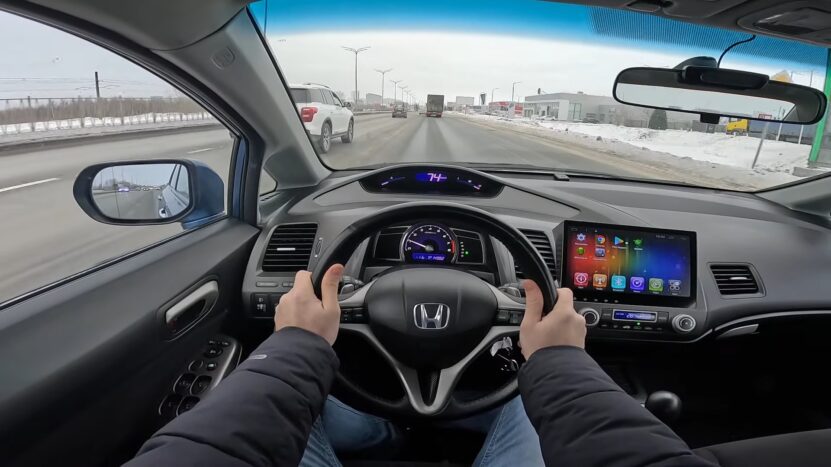
Honda’s VSA doesn’t only play a role in emergency situations; it also enhances your everyday driving experience. How does it achieve that?
Smooth Cornering
As a driver, you’ve probably noticed that taking sharp turns at high speeds can be a nerve-wracking experience. This is because the car tends to lean towards the outside of the turn, making it feel unstable. Honda’s VSA system comes into play here, managing the brake force and engine power to ensure a more stable and controlled cornering experience.
Acceleration on Uneven Surfaces
If you’ve ever tried to accelerate quickly on an uneven surface, you’ll know that it can lead to wheel spin, where one or more of your vehicle’s wheels loses grip and spins freely. The VSA system detects this condition and selectively applies brake force to the spinning wheel(s), redistributing torque to those with more grip. This results in smoother and more effective acceleration.
Predictive Safety
Over time, the system “learns” the driver’s habits and adapts to provide a personalized driving experience. It’s like having a co-pilot who knows your driving style and helps you navigate safely, regardless of the conditions.
VSA Honda: A Look into the Future

As we look toward the future of vehicle safety, it’s clear that Honda’s VSA system is a crucial piece of the puzzle. As automotive technology continues to evolve, we can expect systems like VSA to become even more advanced and effective.
With the rise of autonomous driving and intelligent vehicles, features like VSA will likely become even more integrated into the vehicle’s overall control and safety system. In fact, they may even play a crucial role in the development of fully autonomous vehicles.
Closing Thoughts
VSA Honda is a crucial safety feature that significantly enhances the stability and control of your vehicle, ultimately making your drive safer and more enjoyable. By continuously monitoring your vehicle’s movements and taking automatic corrective actions, it offers peace of mind and confidence to the driver.
Honda’s commitment to safety is evident in its VSA technology, which makes driving safer, even in challenging conditions. This innovation is one of the many ways Honda continues to lead the way in the automotive industry and why their vehicles are renowned for their safety and reliability.

